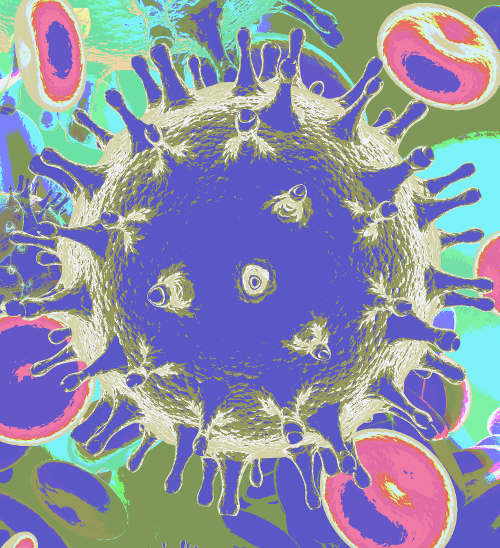HIV suppression reported
 A man who received a stem cell transplant to treat leukaemia and has since shown persistent suppression of HIV-1.
A man who received a stem cell transplant to treat leukaemia and has since shown persistent suppression of HIV-1.
The transplant, called an allogeneic hematopoietic stem cell transplant, transfers immature blood cells from a donor to repopulate the bone marrow of the recipient.
The patient received a transfer of cells from a donor with two copies of the Δ32 mutation in the gene encoding the HIV-1 co-receptor CCR5, which makes the cells resistant to HIV-1 infection.
The patient was monitored for more than 9 years after the transplantation and 4 years after the suspension of anti-retroviral therapy.
The study shows that transplanting blood stem cells from an HIV-resistant donor can lead to the development of a new, HIV-resistant immune system in an HIV+ patient.
However, it is not yet clear if this type of therapy is a life-long "cure" and the risk of passing on HIV still remains, albeit extremely low, when using this therapy alone.
The scientists say that this study may inform future strategies for achieving long-term remission of HIV-1.
“Over the past 10 years, stem cell and gene editing technologies (such as CRISPR) have advanced medical science to a point where we can now engineer stem cells for such therapies,” says Dr Ioannis Jason Limnios from Bond University.
“Rather than harvesting stem cells from donors with rare and special genetics, they can be created in specialised facilities under highly controlled conditions, and in greater quantities.”
The full study is accessible here.








 Print
Print